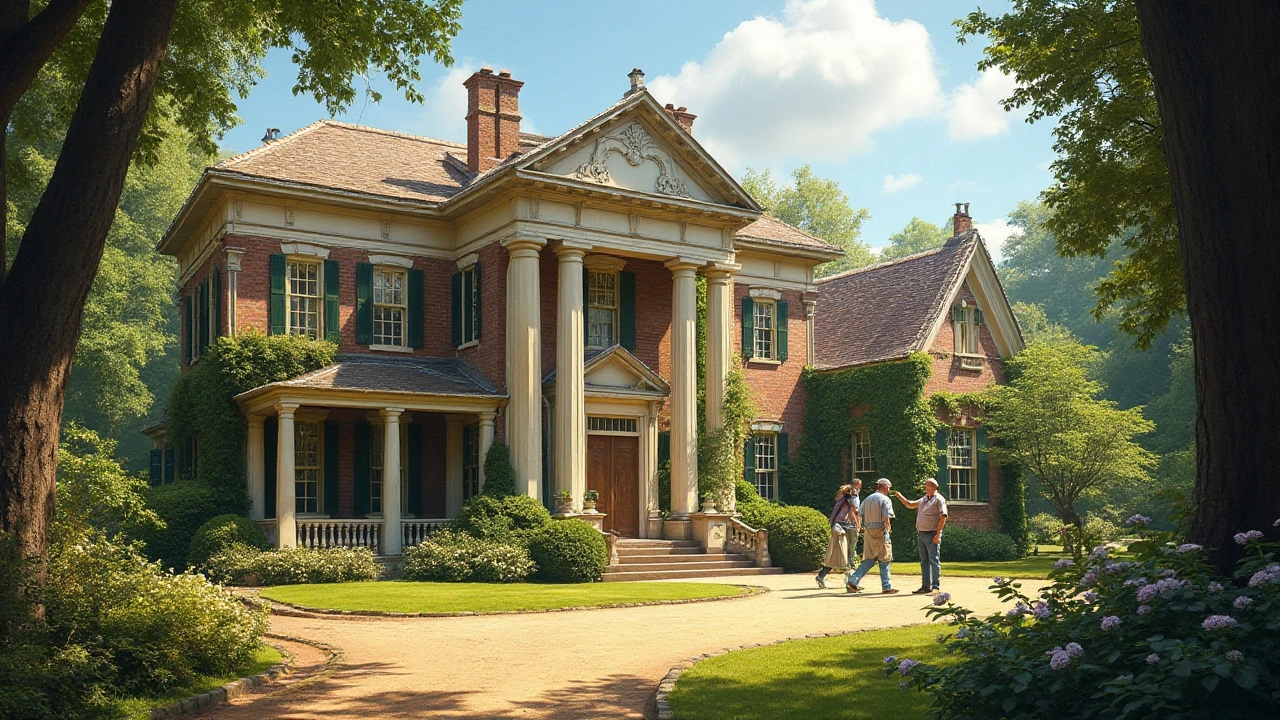Colonial architecture stands as a testament to a significant period in history, offering a glimpse into the profound craftsmanship and cultural influences of bygone eras. Efforts to conserve these remarkable structures are vital to preserving their architectural integrity and historical value. This article delves into the nuances of colonial architecture, highlighting effective conservation strategies, restoration techniques, and the importance of community involvement in safeguarding these relics. Through thoughtful discourse, it pays homage to the magnificence of colonial design, offering insights into sustainable methods to ensure their endurance for future generations.
Conservation: Practical Steps to Preserve Historic Buildings
Historic buildings—whether a Greek Revival porch, a Beaux-Arts facade, or a colonial brick row—hold stories and embodied energy. Conservation isn't about freezing a building in time. It's about choosing smart repairs, protecting character, and keeping structures useful so they survive another century.
If you care for a historic house or manage old public buildings, here are clear, practical actions you can use today. No jargon, just things that work.
How to assess a building
Start with a quick but thorough survey. Do basic historical research—age, original materials, and key features. Photograph every elevation and interior room. Check the roof, gutters, foundations, masonry, windows, and joinery for leaks, cracks, rot, and movement.
Gather simple test info: paint layers, mortar type, and wood species. These facts tell you what materials to use for repairs. Write a short significance statement: what parts make the building special? Prioritize those elements for protection.
When to call a pro: if walls lean, floors sag, cracks widen quickly, or you suspect hazardous materials (lead paint, asbestos). Structural and hazardous issues need licensed specialists.
Practical conservation steps that save money and character
1) Fix the roof and drainage first. Most decay starts with water. Clean and repair gutters, downspouts, and flashing before you touch decorative trim.
2) Use the least invasive repair. Patch rather than replace where possible. Retain original fabric—old doors, windows, and trim matter more than a perfect new copy.
3) Match materials wisely. For masonry, test mortar and use lime mortar for old brickwork instead of modern Portland cement. For wood, match species and grain when splicing in repairs.
4) Make changes reversible. If you add insulation, reversible systems let future conservators undo work without damaging historic fabric.
5) Control the environment. Improve ventilation, add discreet gutters, and manage humidity to prevent mold and rot. Small HVAC tweaks can protect finishes and reduce long-term costs.
6) Maintain a simple schedule. Clean gutters twice a year, inspect roofs and foundations annually, paint small areas before they fail. Regular maintenance beats big restorations.
7) Document everything. Keep a repair log, before-and-after photos, and product notes. Good records lower future risks and help when applying for grants or tax credits.
8) Think adaptive reuse. If a building no longer fits its original purpose, repurposing it for housing, offices, or shops keeps it active and fundable. Adaptive reuse often qualifies for preservation incentives.
Funding and community: look for local preservation grants, federal tax credits for certified rehab projects, and partnerships with NGOs. Engage neighbors and users early—community support speeds approvals and raises funds.
Preserving a building is a mix of common sense and the right technical choices. Start small, fix the water problems, keep original material when you can, and call specialists when the structure or health risks demand it. That approach keeps character and value intact for years to come.

